Scientists Grow Human Brains In Medical Breakthrough
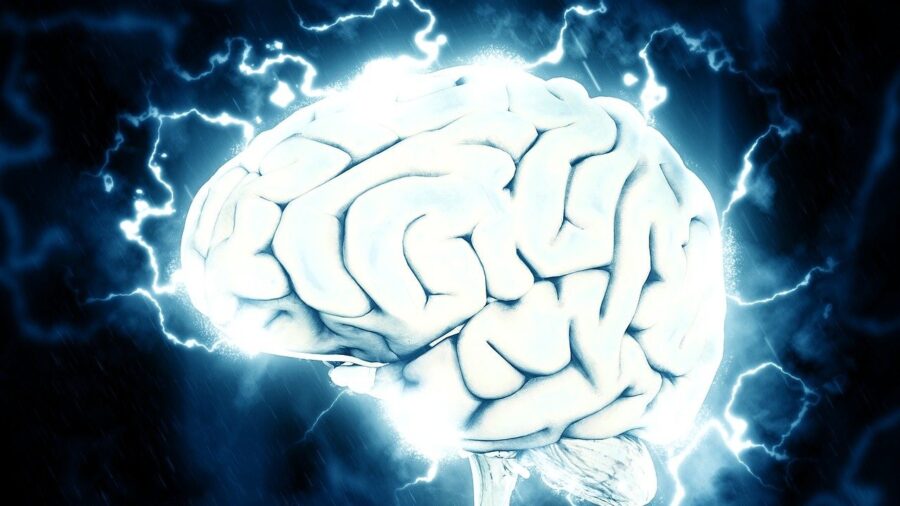
You probably know quite a few people in your personal life that are in desperate need of a brain transplant. Luckily, we may not be far from a future that allows such a fascinating scientific achievement, as scientists have reported their first ever lab-grown human brain cells according to a recent paper published in Nature. These lab-grown “minibrains,” as they have humorously been titled, are organoids made from the cells of multiple donors, and crafted in 3D modeling software, before growing into existence in a controlled environment.
Hard To Wrap Your Head Around
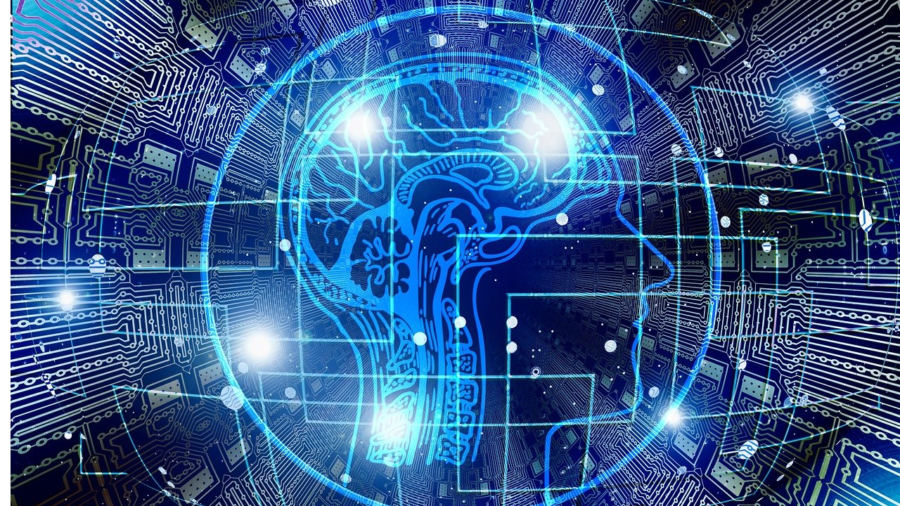
Scientists have been attempting to grow human body parts for decades now, with some major breakthroughs which include human ears grown on the backs of unsuspecting lab mice. Now, modern technology has led to the very first lab-grown human brains, in a stunning development which you’d expect to see in the opening act of a science fiction movie.
While the brains are a long shot from being placed inside of a cranium to develop complex thought or win chess matches against robots, they could aid significantly in scientific research such as drug trial testing.
Breaking Ground For New Scientific Testing
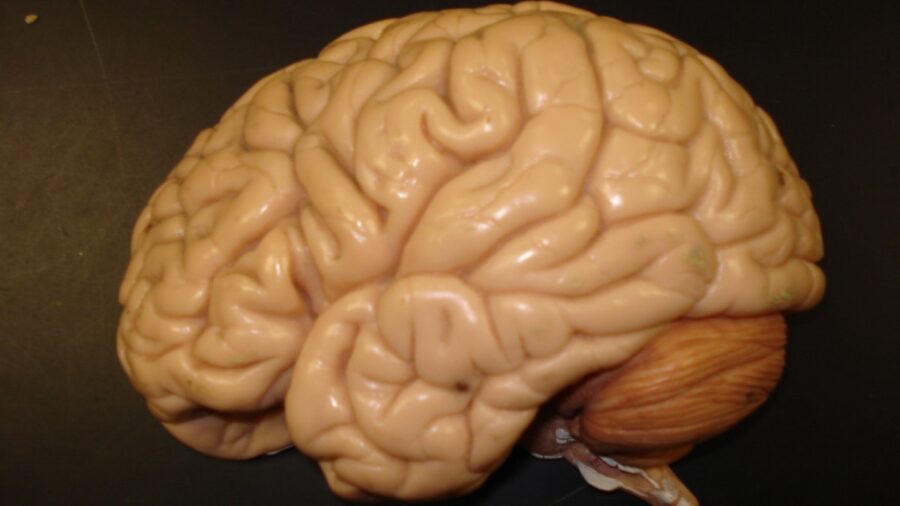
Specifically, the research paper published in Nature cites the effect of neurotoxic triggers on the human brain, which could allow pharmaceutical companies to run stringent trials before endangering any real people with untested products.
The cells are being called chimeroids, and don’t actually contain any capacity for free will or independent ideas at this time, at least as far as we can ascertain. Instead, the lab-grown tissues offer biological similarities closer to real human brains than any other creature, allowing researchers to study certain elements and side effects of the brain without relying on actual neurosurgery.
A Frankenstein Experiment (Kind Of)

The chimeroids were developed using stem cell samples from up to five participating individuals. At first, each stem cell sample was used to grow an individual human brain organoid, which were then harvested and combined with the remaining four samples. The result is something of a Frankenstein’s monster of lab-grown human brain cells, which clock in at about 3 to 5 millimeters in diameter at the time of this writing.
Minibrains Made Possible By Multiple Donors
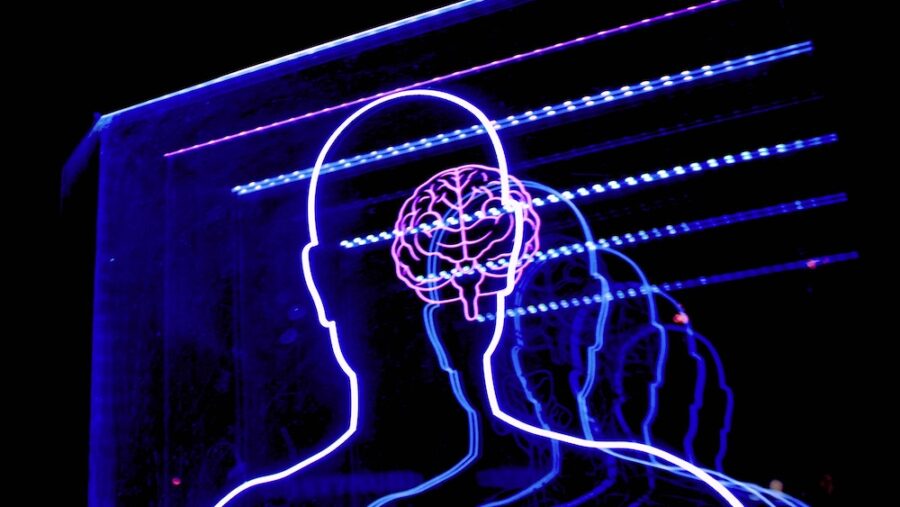
The decision to grow human brains from samples provided by multiple donors is an important factor in the creation of minibrains, as typical organoids are unable to relay multiple genetic variables.
With any luck, these chimeroids will function as a “catch-all” for the generic diversity of each donor, offering researchers the chance to study the impact of drugs and other stimulating substances across multiple checklists. This could help scientists to significantly reduce the array of risks packaged with new prescriptions, as it would eliminate external factors from the testing process.
The Innovation We’ve Been Waiting For
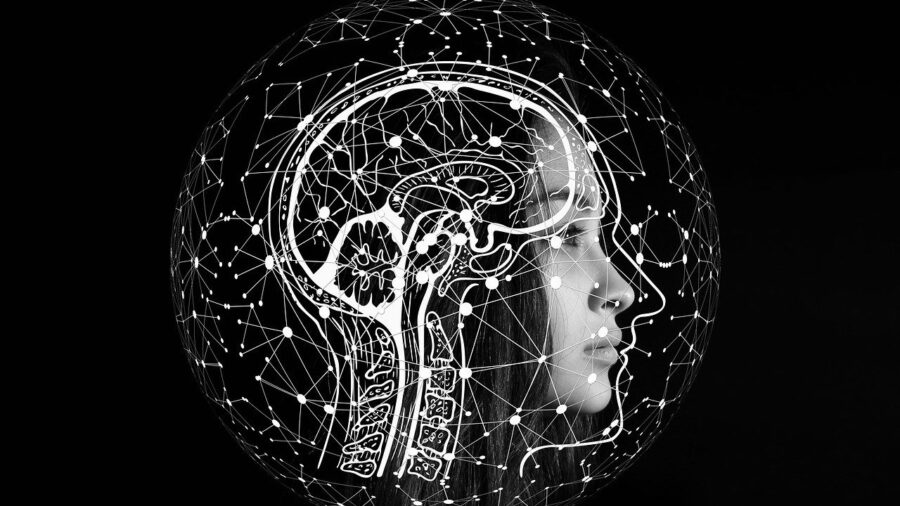
To begin testing this hypothesis, scientists have already exposed the human brain tissues to ethanol and valproic acid, in order to measure the organism’s response to these very different toxins. Ethanol is most associated with spectrum disorders such as fetal alcohol syndrome, while valproic acid is used to treat epilepsy.
While the team have not yet published their exact findings regarding these studies, we could soon be inundated with a wide array of new guidelines for expectant mothers, in order to ensure that the next generation of babies are born as happy and healthy as possible.
Source: Nature











